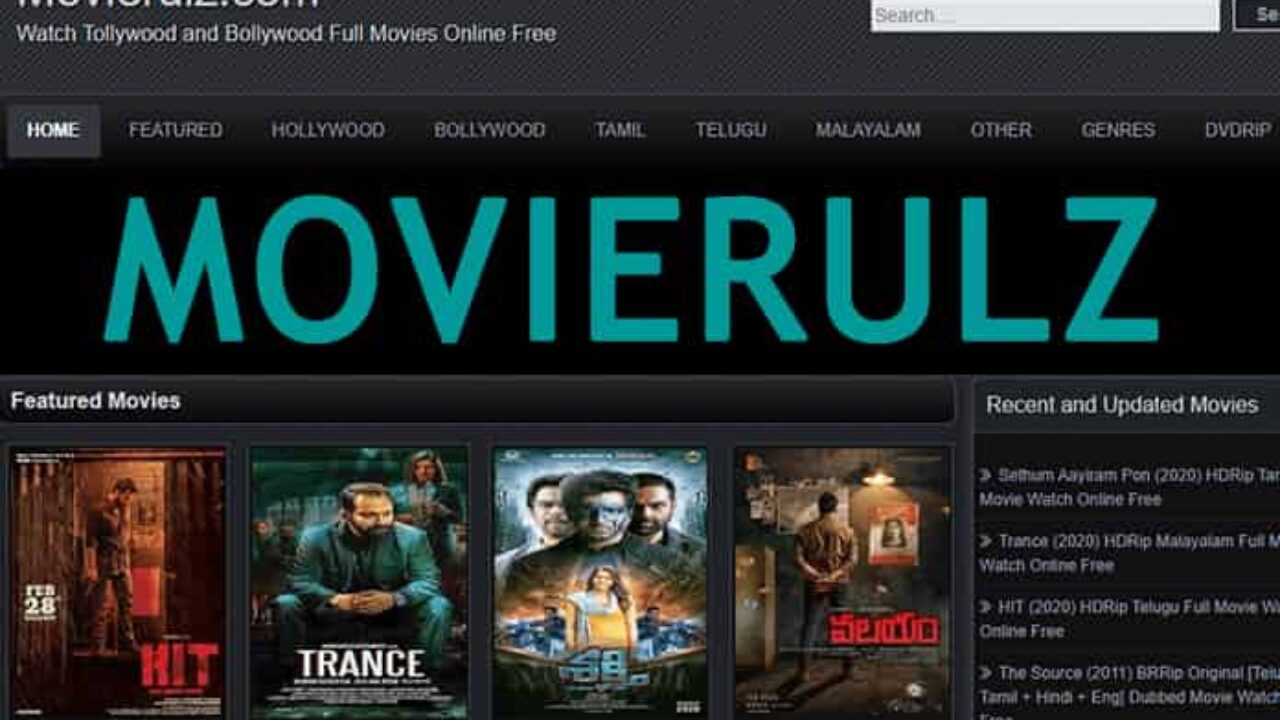Exploring 18+ Ratings: Age Restrictions & Adult Content In Cinema
Are we truly free to choose what we watch? The film and entertainment industry operates within a labyrinthine system of age verification protocols and content classification systems, and the "18+" designation remains a flashpoint for cultural anxieties and passionate debate.
The cinematic landscape, encompassing not only traditional theaters but also the expansive realms of streaming platforms and live entertainment venues, is intricately woven with threads of age restrictions, content ratings, and the ever-evolving dynamics of digital consumption. Navigating this intricate web of regulations and guidelines is paramount for both consumers and content providers. The designation "18+" often acts as a critical juncture, signaling a distinct shift in content and target demographic. This demarcation invariably compels a deeper exploration of the legal, ethical, and societal ramifications that come into play. It's a landscape where freedom of expression dances with the responsibility of safeguarding vulnerable audiences.
| Category | Details |
|---|---|
| Concept | The role of age restrictions and content ratings in the entertainment industry, specifically in relation to "18+" content and its implications. |
| Key Areas of Focus |
|
| Examples |
|
| Legal Considerations | The need to remain compliant with laws, especially those dealing with illegal activities, copyright, and the distribution of harmful materials. |
| Target Audience | Adults who want to access entertainment that meets their individual needs and preferences. |
| Reference | Motion Picture Association (MPA) |
At its core, the enforcement of age restrictions is rooted in the fundamental principle of safeguarding minors. To this end, individuals seeking to purchase tickets or enter venues are typically required to present valid photo identification as proof of being at least 18 years of age. Organizations such as the Motion Picture Association of America (MPAA) have established standards designed to aid parents in determining the suitability of film content for their children. This age threshold is rigorously upheld, with no exceptions generally granted, irrespective of adult accompaniment or parental consent. In certain instances, particularly within exclusive areas such as balcony and director's suites, the age requirement may be elevated to 21 or older. This regulatory landscape is further complicated by the variance in local regulations, underscoring the importance of considering jurisdictional differences.
- Filmywap 2025 Co Der Ultimative Guide Zu Onlinefilmen
- Joyce Caprio Das Herz Hinter Richter Caprio Familienglck
The implications of these restrictions extend far beyond the confines of traditional movie theaters. They exert a significant influence on the rapidly expanding domain of streaming services, such as Aha, which now serves as a prominent conduit for entertainment through online platforms. Further complicating this ecosystem is the proliferation of platforms dedicated to adult content, like 18+Movierulz, introducing another layer of complexity to the ongoing discourse. These digital spaces raise novel challenges regarding content moderation, age verification, and the ethical responsibilities of platform operators.
The underlying rationale for age restrictions and content ratings is multifaceted, driven by a constellation of factors. Foremost among these is the desire to shield young viewers from potentially detrimental material, which may include graphic violence, sexually explicit content, or other themes considered mature. The goal is to provide a buffer, preventing exposure to content that could be psychologically damaging or emotionally overwhelming for individuals lacking the maturity and life experience to contextualize it effectively. Exemptions are rare and typically reserved for situations where the content poses a direct risk of harm to individuals or society. This aligns with the widely held belief that certain materials are inherently unsuitable for consumption by children. Adult content, by its very nature, often grapples with sensitive subjects that demand a certain level of maturity and lived experience for adequate comprehension and processing. These restrictions also seek to strike a delicate balance between safeguarding vulnerable populations and upholding the right of adults to freely choose their entertainment.
The Motion Picture Association of America (MPAA) has implemented specific standards for films to assist parents in making informed viewing decisions for their children. These ratings, typically denoted by letter codes such as G, PG, PG-13, R, and NC-17, offer a concise indication of the film's content, thereby empowering parents to guide their children's media choices. In an era characterized by ubiquitous access to a vast array of media, these ratings serve as an indispensable tool for discerning what is developmentally appropriate. The ratings system attempts to provide a shorthand guide, highlighting the presence of potentially objectionable elements such as violence, language, or sexual content, allowing parents to make informed judgments based on their individual values and beliefs.
- Enthllt Wie Dark Web Kinderpornografie Bekmpft Wird Aktuelle Flle
- Andrew Glennon Vermgen 2024 So Reich Ist Er Wirklich Gehalt
The advent of online platforms has fundamentally reshaped the way people consume entertainment. Services like Netflix, Amazon Prime Video, and Disney+ have become ubiquitous, granting users access to a vast library of content that can be enjoyed at any time and from any location. However, this unprecedented accessibility has also presented new challenges. Enforcing age restrictions in the online realm is demonstrably more challenging than in traditional brick-and-mortar settings, thereby escalating the risk of children encountering inappropriate content. To mitigate these risks, platforms must implement robust age verification systems and parental control features. This is where content ratings assume paramount importance. These features aim to empower parents to actively manage their children's viewing habits, setting restrictions based on content ratings, monitoring viewing history, and establishing time limits for screen usage.
The world of cinema, with its captivating blend of visual effects, compelling narratives, and diverse talent, serves as a mirror reflecting the evolving social climate and shifting entertainment norms. As such, it is crucial to remain cognizant of the regulations and guidelines that govern this ever-changing landscape. Whether it's the vigilant gaze of an usher at the ticket counter, the digital safeguards of a streaming service, or the fluid dynamics of the internet, these guidelines play a vital role in shaping the movies we experience and the broader cultural conversations they ignite. The responsible navigation of this landscape requires a collaborative effort from content creators, distributors, and consumers alike, ensuring that artistic expression remains vibrant while simultaneously protecting vulnerable audiences.
Consider the Telugu film "18 Pages" (2022), featuring Nikhil Siddhartha, Anupama Parameswaran, and Posani Krishna Murali, directed by Palnati Surya Pratap. This film, like countless others, is subject to age restrictions and content ratings designed to guide viewers and ensure that the material is appropriate for their age group. Similarly, the Telugu film "Journey of Love 18+," which delves into themes of love and relationships within a rural setting and is available on SonyLIV, is targeted towards a mature audience, indicating a need for caution. These examples highlight the diverse range of content available and the importance of age verification to ensure that viewers are equipped to handle the material presented.
A fundamental aspect of comprehending the entertainment landscape centers on the meaning of "18+" content. The designation "18+" typically signifies that a work contains mature content, which may encompass nudity, explicit sexual acts, violence, or other themes deemed unsuitable for minors. Platforms such as 18+Movierulz, specializing in adult-oriented material, cater specifically to this demographic. The prevalence of such platforms raises questions about the responsibilities of content providers and the measures necessary to prevent underage access.
The digital revolution has propelled an exponential surge in the consumption of adult content, with many individuals gravitating towards the convenience and expansive selection offered by online platforms. Consequently, understanding the legal ramifications of accessing and interacting with such sites is paramount. Generally, accessing legal adult content is not a criminal offense, but it remains crucial to ensure that the content adheres to the laws of the relevant jurisdiction. However, potential legal issues may arise in cases involving illegal activities, copyright infringement, or the distribution of harmful or illicit materials. This necessitates a careful and informed approach to navigating the online adult entertainment landscape.
For instance, the fictional narrative of a struggling London-based musician who engages in a series of weekly sexual encounters as a means of escaping the harsh realities of his life may traverse sensitive territory. This storyline underscores the complexities and potential pitfalls associated with adult content in the entertainment industry. His emotional trajectory, the inherent risks involved, and the exploration of themes such as isolation and alienation serve as a stark reminder of the profound impact that adult content can have on individuals. The exploration of such narratives raises critical questions about the representation of sex, the potential for exploitation, and the ethical responsibilities of filmmakers and storytellers.
For those involved in the film industry, spanning Hollywood, Bollywood, and the Tamil, Telugu, Kannada, and Malayalam cinema industries, a thorough understanding of content ratings and age restrictions is indispensable. The demand for credible movie reviews, accurate box office figures, and insightful cast information becomes even more critical in shaping the viewing experience. These elements empower consumers to make informed choices, ensuring that their entertainment aligns with their preferences and values. Furthermore, the dissemination of transparent information fosters greater accountability within the industry, encouraging responsible content creation and distribution.
In conclusion, the entertainment sector is undergoing constant transformation, presenting consumers with an unprecedented abundance of channels and content options. Age restrictions and content ratings serve as vital safeguards, protecting minors, empowering adult choices, and promoting responsible consumption. From traditional theaters to streaming services and platforms like 18+Movierulz, vigilance and compliance are more essential than ever. The ongoing dialogue surrounding these issues is crucial for fostering a more ethical and sustainable entertainment ecosystem that prioritizes both artistic expression and the well-being of its audiences. This necessitates a collaborative approach involving industry stakeholders, policymakers, and consumers, working together to shape a future where entertainment can be enjoyed responsibly and safely.
The Motion Picture Association (MPA) plays a pivotal role in setting standards for films, enabling parents to assess content suitability. Concurrently, platforms like 3Movierulz disseminate the latest Hollywood updates, encompassing film and TV news, trailers, and reviews, particularly within the South Indian film sphere. The evolution of digital adult content consumption is marked by a preference for the convenience and extensive variety provided by online platforms. Similarly, AHA has emerged as a prominent Indian OTT service, providing movies, web series, TV shows, and live channels in Telugu and Tamil, catering to diverse linguistic preferences. The convergence of these trends underscores the dynamic interplay between content creation, distribution, and consumption within the modern entertainment landscape.
- Elon Musk Gre So Gro Ist Er Wirklich Weitere Fakten
- Der Woke Mind Virus Bedrohung Oder Rhetorische Waffe

Exploring Movierulz Series Your Ultimate Guide To Streaming Movies And TV Shows

Exploring Movierulz 18 Pulse Telugu Your Guide To Telugu Cinema

Latest Movies And Shows In HD Explore Movierulz 18